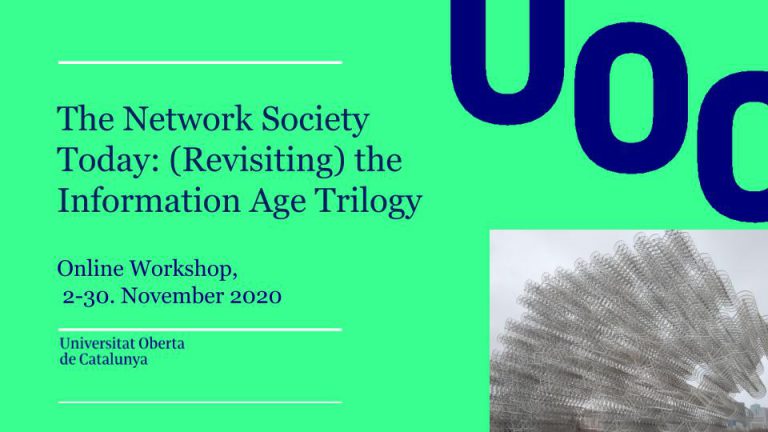Relief Maps by GENTIC
30 September, 2019Relief Maps:
A new digital tool for the analysis of social inequalities
Relief Maps are a methodological tool created by Maria Rodó de Zárate for studying social inequalities from an intersectionality perspective, in three dimensions: the social dimension (positions and identities of gender, social class, ethnicity, age, etc.), geography (places in daily life) and psychology (effects on emotions).
Relief Maps are a tool to study social inequalities from an emotional and intersectional perspective (which takes into account different axes such as gender, origin, social class or age).They serve both for the collection of data as well as for their analysis and visualization. This video shows how they work and their applications.
The tool, rooted in intersectional feminist theories and debates on feminist geography, was initially thought to be developed in paper as a useful methodology for qualitative research and training in social sciences. In 2018, Maria Rodó de Zárate with the support of Universitat Oberta de Catalunya designed the digital version of Relief Maps: an open-access and free tool that allows both qualitative and quantitative analysis and visualization of large samples data.
Relief Maps provides new possibilities for the government sector, organisations working for social change, and enterprises willing to carry out diagnosis and define action plans in order to better understand and address inequalities.
Relief Maps are currently available online and ready to be used not only for social science or health sciences research but also for teaching activities, as a pedagogical tool, and for consulting and management purposes.





